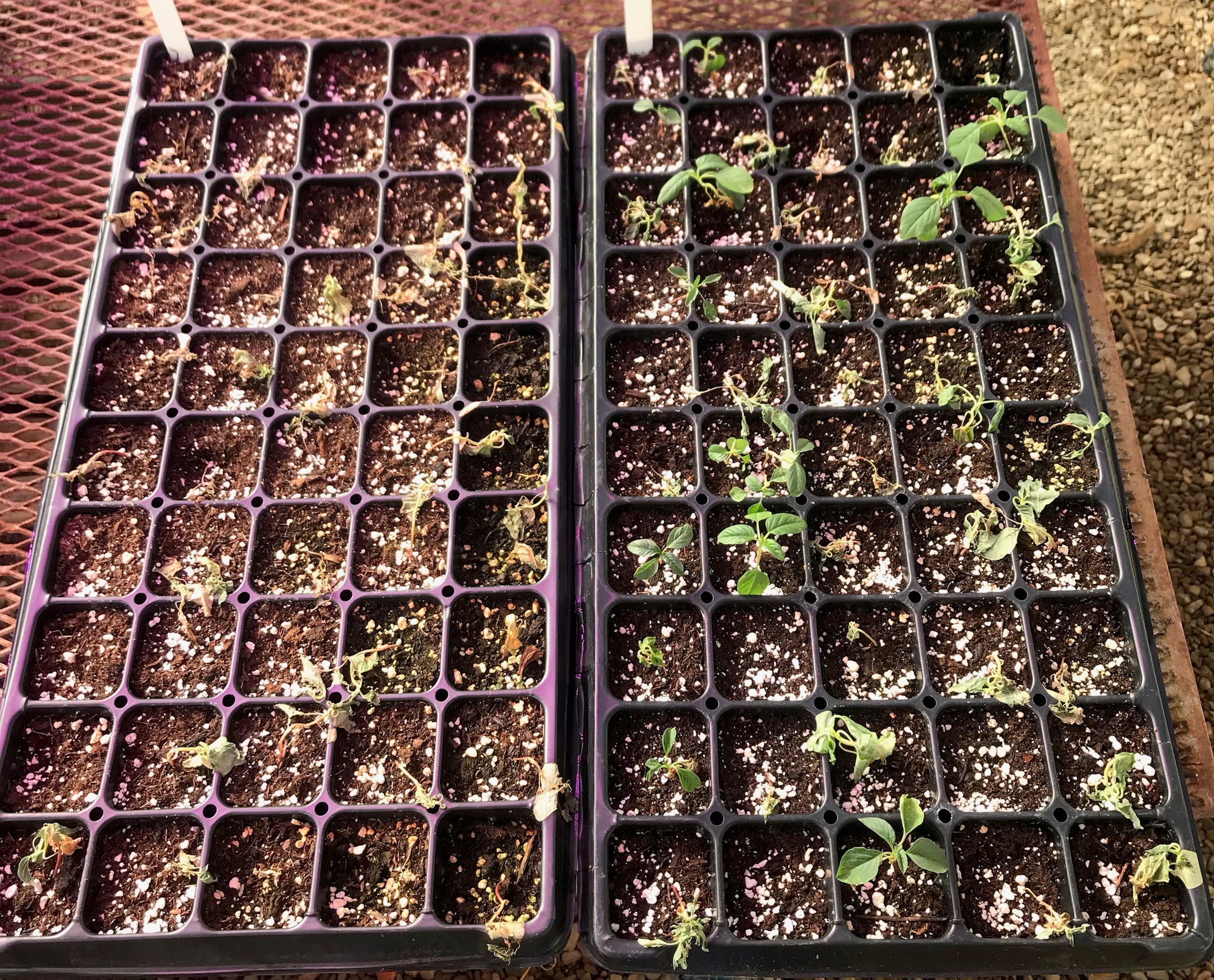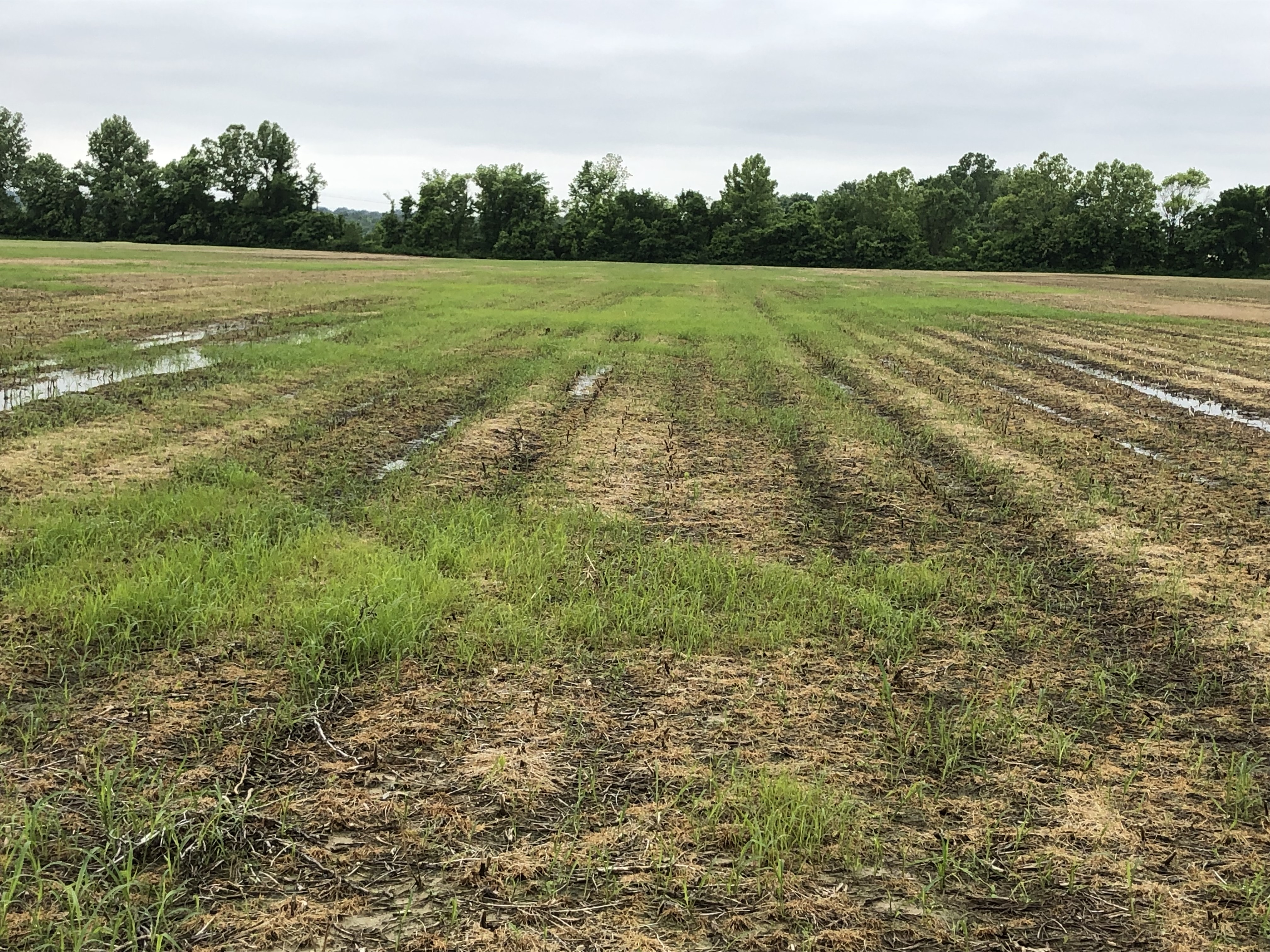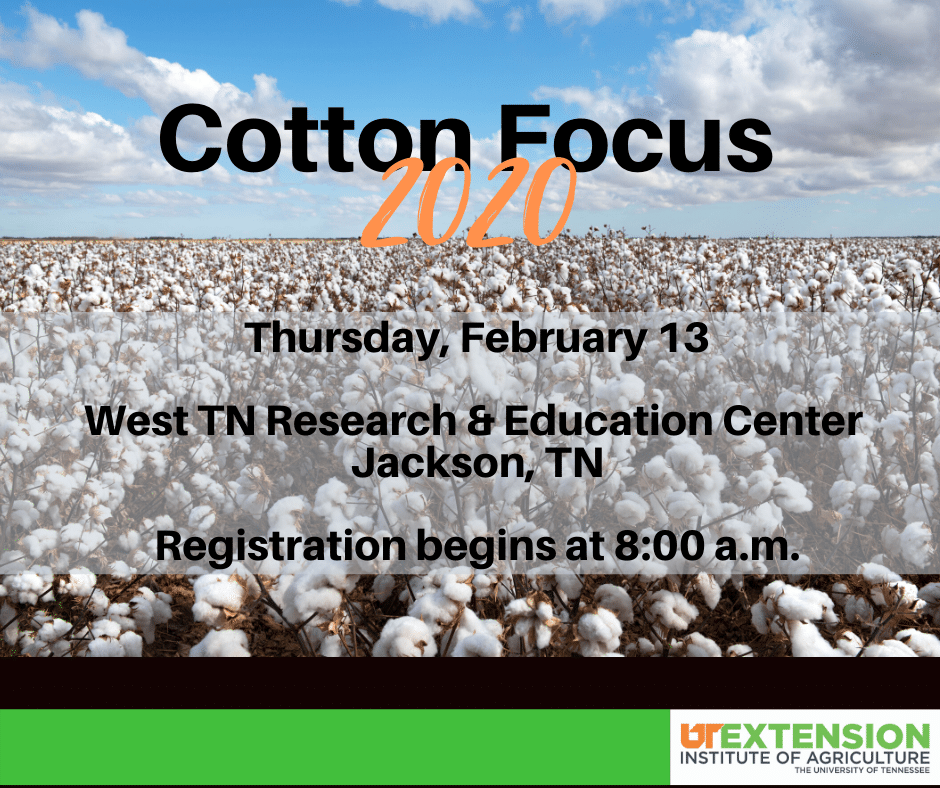
In 2019 we ran calls on about 40 fields where producers were disappointed with their Palmer amaranth control from applications of Engenia or XtendiMax. We collected Palmer amaranth seed last fall from 22 of these fields where it looked like the Palmer had survived timely application(s) of dicamba. Subsequently, we were able to get a critical mass of seed to germinate from 12 of these collections in order to evaluate plants for possible dicamba tolerance in three separate greenhouse screens conducted throughout the winter months. Continue reading





